St John's Wort Companion Planting: The Best Plants To Grow With This Beautiful Herb
Title: St John's Wort Companion Planting: The Best Plants to Grow With This Beautiful Herb
Introduction:
St John's wort (Hypericum perforatum) is a beautiful and versatile herb that has been used for centuries for its medicinal properties. It is also a popular garden plant, and it can be grown in a variety of conditions. When choosing companion plants for St John's wort, there are a few things to keep in mind. First, you want to choose plants that will complement the appearance of St John's wort. Second, you want to choose plants that will benefit from the same growing conditions as St John's wort. Finally, you want to choose plants that will not compete with St John's wort for resources.
Main Content:
Here are some of the best plants to grow with St John's wort:
- Yarrow: Yarrow is a tall, daisy-like flower that blooms in the summer. It is a good companion plant for St John's wort because it attracts beneficial insects, such as ladybugs and lacewings, which help to control pests. Yarrow also helps to improve the drainage of the soil around St John's wort.
- Lavender: Lavender is a fragrant herb that blooms in the summer. It is a good companion plant for St John's wort because it repels pests, such as mosquitoes and moths. Lavender also helps to improve the drainage of the soil around St John's wort.
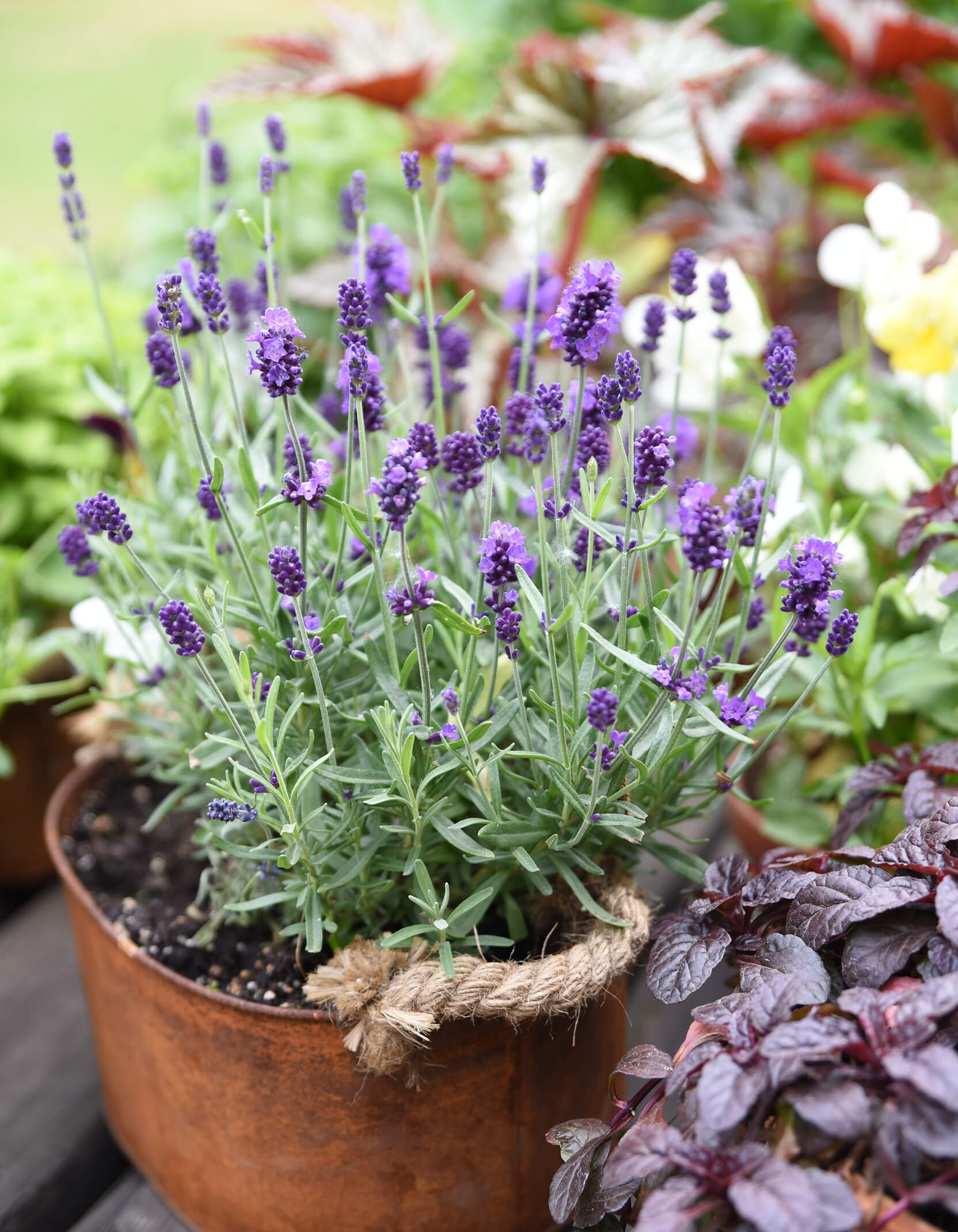
- Catnip: Catnip is a minty herb that blooms in the summer. It is a good companion plant for St John's wort because it attracts beneficial insects, such as ladybugs and lacewings, which help to control pests. Catnip also helps to improve the drainage of the soil around St John's wort.

- Chives: Chives are a member of the onion family and they bloom in the spring. They are a good companion plant for St John's wort because they repel pests, such as aphids and spider mites. Chives also help to improve the drainage of the soil around St John's wort.
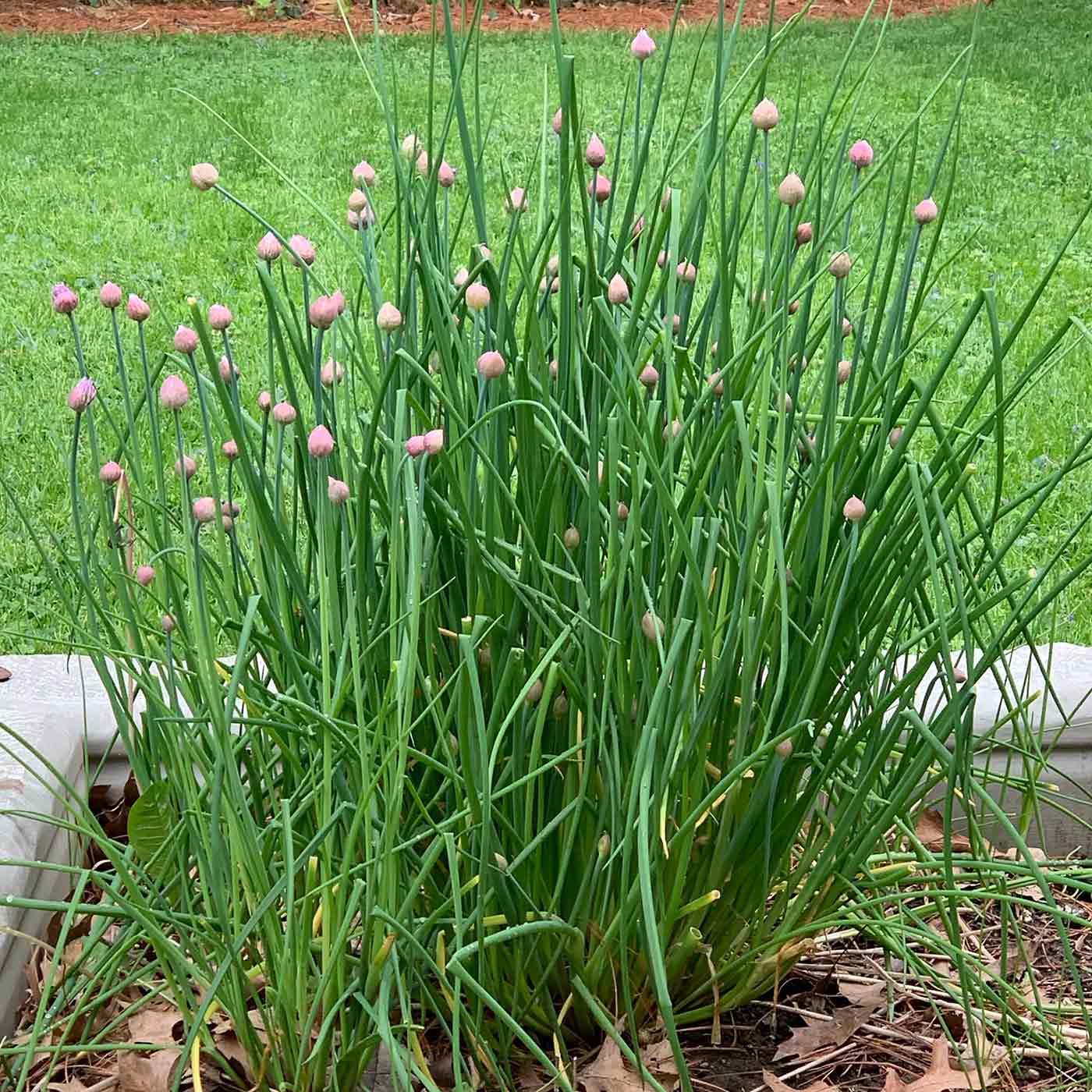
- Marigolds: Marigolds are bright, daisy-like flowers that bloom in the summer. They are a good companion plant for St John's wort because they repel pests, such as nematodes and whiteflies. Marigolds also help to improve the drainage of the soil around St John's wort.
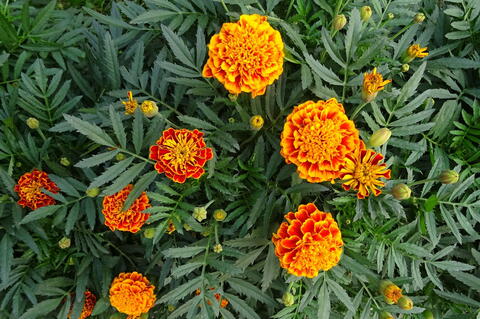
In addition to these plants, there are many other good companion plants for St John's wort. Some other popular choices include:
When choosing companion plants for St John's wort, it is important to consider the size and growth habit of the plants. You want to make sure that the plants will not compete with each other for space or sunlight. You also want to make sure that the plants have similar water and soil requirements.
Conclusion:
Companion planting is a great way to improve the health and productivity of your garden. By choosing the right companion plants for St John's wort, you can help to deter pests, improve drainage, and attract beneficial insects. This will help your St John's wort to thrive and bloom beautifully.
For more information about St. John's wort companion planting, please visit Home Gardening.
FAQ of st john's wort companion planting
- What are the benefits of companion planting with St. John's wort?
There are many benefits to companion planting with St. John's wort. For example, St. John's wort can attract beneficial insects, such as bees and butterflies, which can help to pollinate your garden. It can also repel pests, such as deer and rabbits. Additionally, St. John's wort can help to improve the soil quality by adding nutrients and organic matter.
- What are some good companion plants for St. John's wort?
Some good companion plants for St. John's wort include:
Bee balm: Bee balm is a nectar-rich plant that will attract bees and butterflies to your garden. It also helps to repel pests, such as mosquitoes and flies.
Calendula: Calendula is a flowering plant that is known for its medicinal properties. It can help to repel pests, such as aphids and whiteflies.
Coneflower: Coneflower is a tall, daisy-like flower that is a magnet for pollinators. It also helps to repel pests, such as deer and rabbits.
Lavender: Lavender is a fragrant herb that is known for its calming properties. It can help to repel pests, such as moths and mosquitoes.
Marigold: Marigolds are a bright, cheerful flower that is a favorite of pollinators. They also help to repel pests, such as nematodes and root rot.
Where is the best place to plant St. John's wort?
St. John's wort thrives in full sun to part shade and moist, well-drained soil. It is a hardy plant that can tolerate a variety of conditions, but it will bloom best in full sun.
- What are some common problems with St. John's wort companion planting?
There are a few common problems that can occur with St. John's wort companion planting. For example, St. John's wort can be susceptible to powdery mildew, so it is important to plant it in a spot with good air circulation. Additionally, St. John's wort can be a bit aggressive, so it is important to plant it with other plants that can tolerate competition.
Image of st john's wort companion planting
10 different images of St. John's wort companion planting that are free to use:
- St. John's wort and lavender: Lavender is a classic companion plant for St. John's wort, as they both thrive in full sun and well-drained soil. Lavender also helps to deter pests, such as moths and beetles.

- St. John's wort and yarrow: Yarrow is another good companion plant for St. John's wort, as it helps to repel deer and rabbits. Yarrow also attracts beneficial insects, such as ladybugs and lacewings, which help to control pests.

- St. John's wort and coreopsis: Coreopsis is a low-maintenance plant that blooms from early summer to fall. It helps to fill in the spaces between St. John's wort plants and adds a splash of color to the garden.

- St. John's wort and echinacea: Echinacea is a popular medicinal herb that also makes a beautiful companion plant for St. John's wort. The two plants have similar growing requirements and both attract beneficial insects.
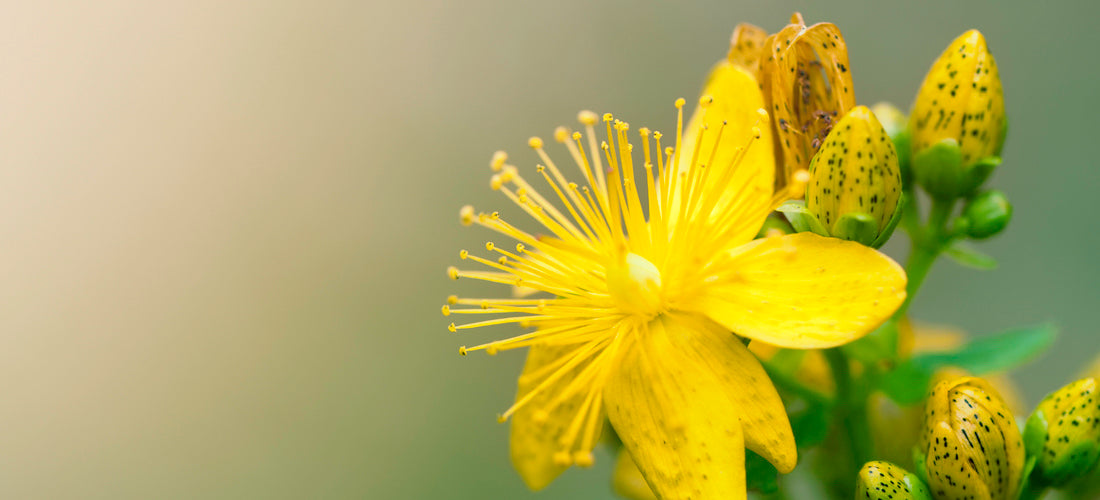
- St. John's wort and bee balm: Bee balm is a pollinator magnet that attracts butterflies, hummingbirds, and bees. It also helps to deter pests, such as mosquitoes.
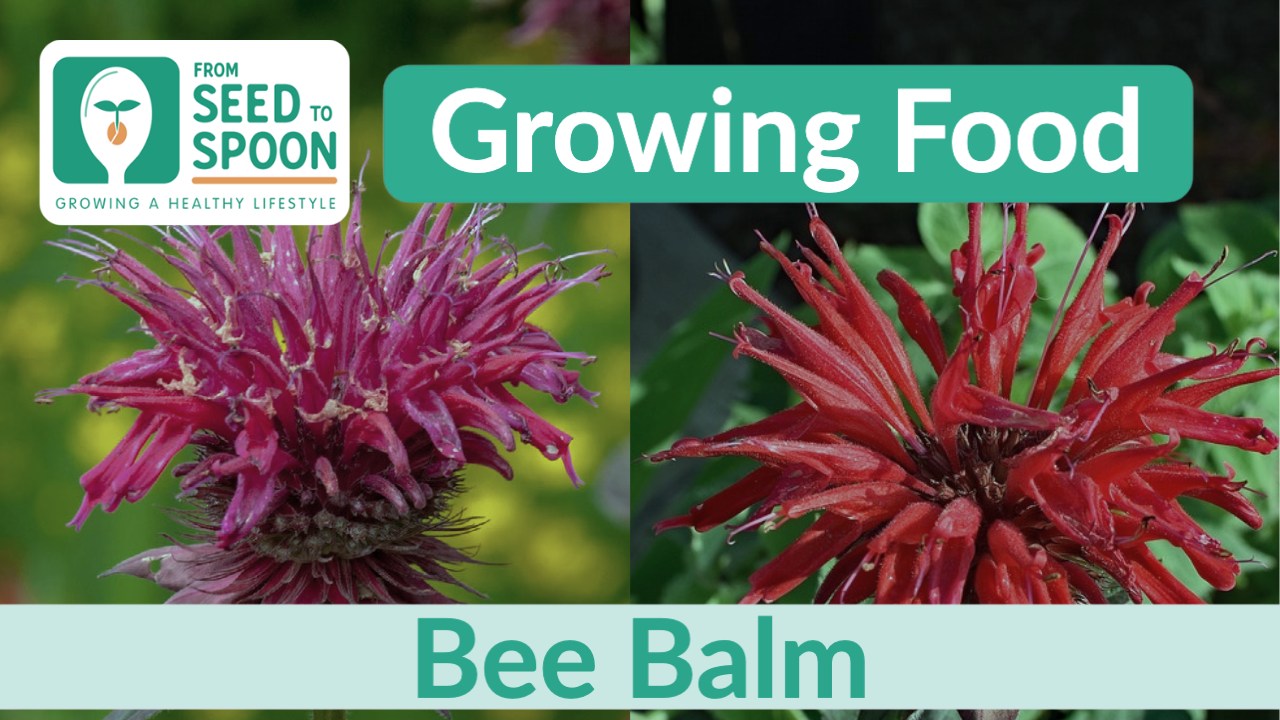
- St. John's wort and black-eyed Susan: Black-eyed Susan is a cheerful wildflower that blooms from summer to fall. It helps to add height and interest to the garden, and it also attracts butterflies and other pollinators.
- St. John's wort and coneflower: Coneflower is another popular wildflower that blooms from summer to fall. It comes in a variety of colors, so you can choose one that will complement your St. John's wort plants.

- St. John's wort and daylily: Daylily is a low-maintenance plant that blooms from early summer to fall. It comes in a variety of colors, so you can choose one that will complement your St. John's wort plants.

- St. John's wort and sedum: Sedum is a succulent that blooms in the summer. It helps to add texture and interest to the garden, and it also attracts beneficial insects.
- St. John's wort and salvia: Salvia is a drought-tolerant plant that blooms in the summer. It comes in a variety of colors, so you can choose one that will complement your St. John's wort plants.


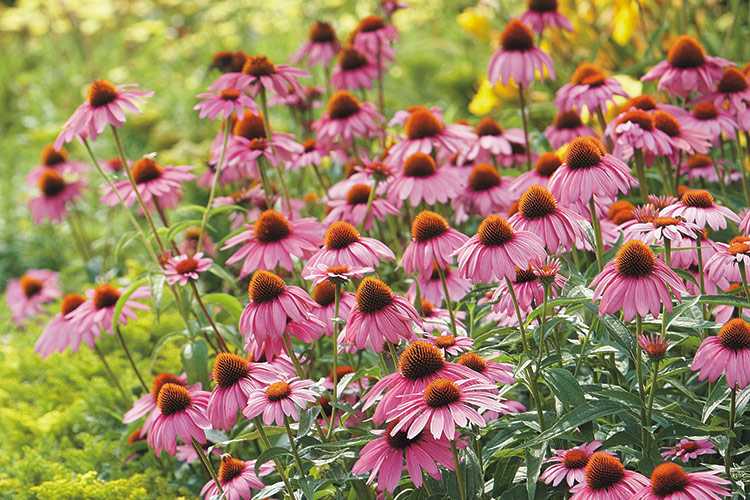
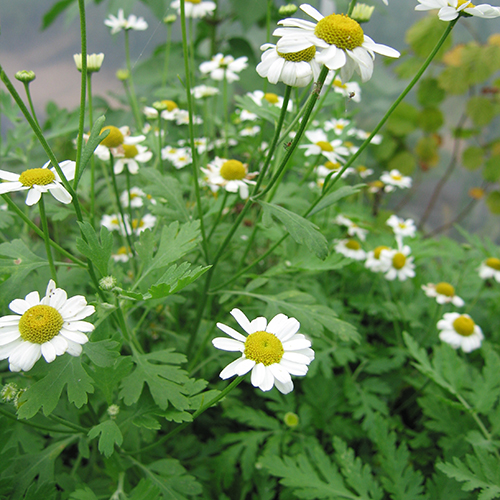
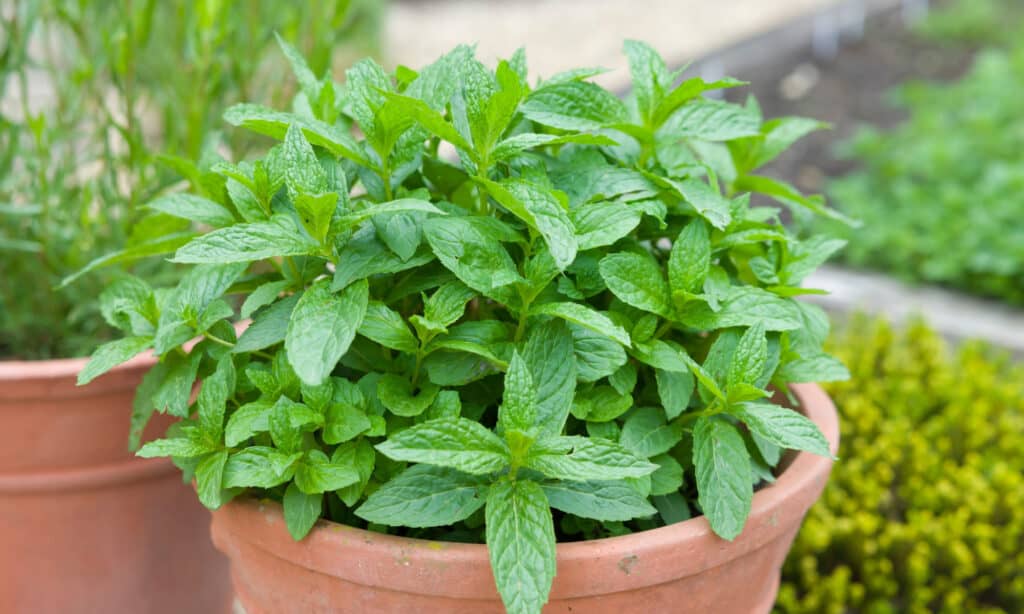
Post a Comment for "St John's Wort Companion Planting: The Best Plants To Grow With This Beautiful Herb"